
|
|
|
|
|
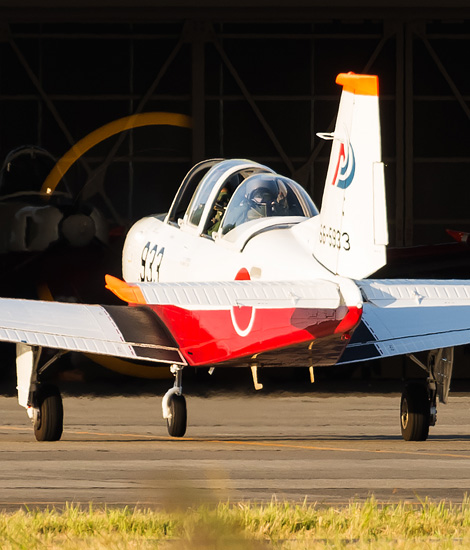
|
The Elementary Pilot Training; Shizuhama, November 1, 2019
The Japanese Pilot School, part 1; Text and Photograph's by Alex van Noye
The students who are selected in Japan to become a fighter pilot in the Air Force start their elementary pilot training at Shizuhama Air Base or Hofu Air Base. The small Fuji T-7 training aircraft are based at these airfields for the pilot training. During the training at these airports, all basic skills are trained by the pilots.
In the middle of Japan is the small air base Shizuhama Air Base located which is also known as Yaizu Air Base. At this airbase, pilots receive elementary training for the Japan Air Self Defense Force (JASDF). The airbase is located south of the city of Shizuoka in the Shizuoka prefecture. This airbase was established in April 1944 as an airbase for the Japanese navy. After the Second World War, the Americans kept the airfield in use until August 1958. Shizuhama airfield was then handed over to the JASDF. Shizuhama is one of the JASDFs smallest airfields. The airfield has only a short runway and only one large platform has been built north of the runway. The 11th Flight Education Corps is based at Shizuhama from May 1964. The 11th Flight Education Corps is under the direct command of the Flight Education Group of the JASDF. The unit flew from the time it was based at Shizuhama with the Fuji KM-2B trainer. From April 1978, the 11th Flight Education Corps would operate with the Fuji T-3 in the training role. With this aircraft, the unit would continue to fly in this role for years, as the type was only phased out in April 2007. In addition to Shizuhama, Hofu Air Base is the sister airfield for the training task. The JASDF has evenly distributed basic flight training between these two airfields. From 2006 the 11th Flight Education Corps would fly the red and white Fuji T-7. The aircraft of this unit are easily identified by the large red one with two blue trails on the tail of the T-7. There are about 22 to 23 aircraft based at Shizuhama for basic pilot training.
The primary aircraft currently in the Japanese basic pilot training is the Fuji T-7. Like the T-3, the aircraft was developed from the start to train the JASDF pilots. A total of 49 T-7s have been built for the JASDF. The Japanese Air Force was the only customer of this type for its training duties. In the 1990s, the project was started to develop the successor to the obsolete T-3. The project to be started should have started in 1998, but was finally launched in 1999. The Japanese Navy (JMSDF) was also interested in
|
|
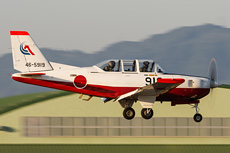
|
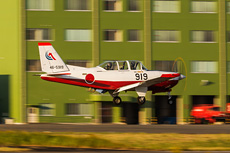
|
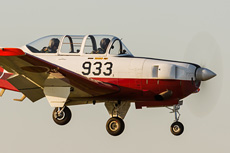
|
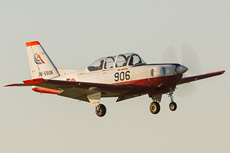
|
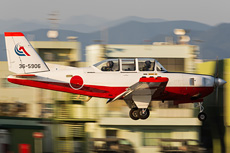
|
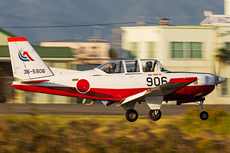
|
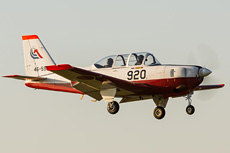
|
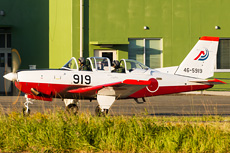
|
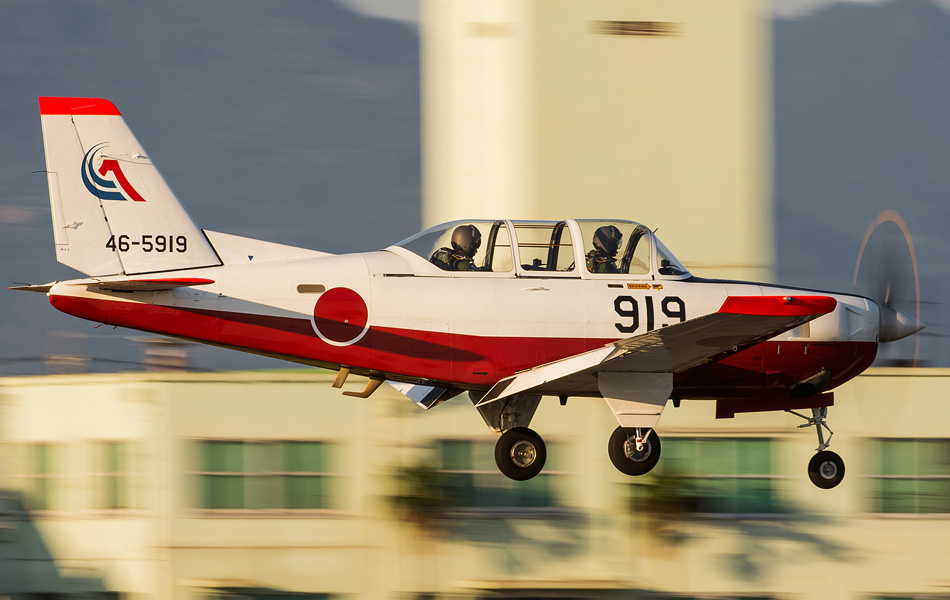
|
the development of the trainer. During this period Fuji Heavy Industries independently developed the prototype KM-2F, which was a modified version of the T-5 prototype KM-2D. This aircraft had a modified cockpit where the crews would sit next to each other instead of behind each other. The first flight of this type took place in 1999. Meanwhile, the Defense Agency had accepted an international tender for the JASDF to reform the initial tenders. The company Pilatus from Switzerland as a competitor of Fuji Heavy Industries approached for a possible purchase of the PC-7. The development of the aircraft had taken a long time due to possible external interference from Pilatus. Ultimately, they opted for a version developed and built in Japan for the new training aircraft. In September 2000, it was finally decided to acquire Fuji Heavy Industries the contract. The new aircraft developed on the basis of the T-3 first flew on July 9, 2000. This aircraft was officially designated as the Fuji T-7 from April 2003 on-wards. This aircraft would become the new primary trainer for the JASDF.
During the design and construction of the T-7, some measures were taken to keep the price of the aircraft as low as possible. To reduce the price of the aircraft, as many parts as possible were used that were also used in the T-3. By these measures, the unit price of an aircraft could be reduced to about 230 million Yen. This is the price that is comparable to trainers that might be purchased from other countries. The only big advantage of the T-7 is that the Japanese national industry is also stimulated with the construction of the aircraft. The shape of the fuselage is almost the same as that of the T-3. However, fine details such as the wing profile have been improved and the T-7 has a sweep angle on the vertical tail to improve the kinetic performance of the aircraft. The biggest change in the T-7 is the fuel supply from the engine and the engine itself. As in the T-5, the T-7 uses a turboprop engine of the type Rolls-Royce 250 B17F. This motor is limited in its power, because the engine would have more power than the frame of the T-7 can handle. Due to the new engine, the nose is 550 mm longer than that of the T-3. The cockpit has been designed with more space for the pilot than in the T-3 and the interior has been improved with the addition of air conditioning and heating. The T-7 also makes considerably less noise for the environment compared to its predecessor. The aircraft has a higher maximum speed and the aircraft is very easy to control, which makes the T-7 an excellent training aircraft.
The first T-7s entered service at Hofu Air Base in southwestern Japan. The aircraft were put into service here by the 12th Flight Education Corps of the JASDF. The first T-7 aircraft were delivered to this base in 2003. In the period from 2005 to 2006, Shizuhama Air Base was also equipped with the T-7. The type was to fly at this airbase with the 11th Flight Education Corps. Here too the T-3 trainers were replaced by the new T-7. The last delivery of a T-7 from the Fuji Heavy Industries factory took place in 2008. A total of 49 aircraft were delivered to the JASDF for these two airfields. There are also some aircraft at the test wing based at Gifu Air Base. When students are admitted to their studies to become a pilot within the JASDF, they must first pass the Flight Preparation Course offered at various defense colleges. The so-called Introductory Pilot Course is offered at both Hofu and Shizuhama airports where students learn the elementary aspects of flying with the T-7 as soon as they have completed the theory. In total, the elementary training will take more than two years before the student can transfer to the advanced training. A large part of the group will lose weight during elementary training and will therefore have to leave the training. As soon as the pilots have obtained their license on the T-7, they will start their further training where they will fly the Kawasaki T-4. This training takes place at Hamamatsu Air Base in central Japan and at Ashiya Air Base in the southwest of the country.
|
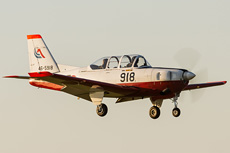
|
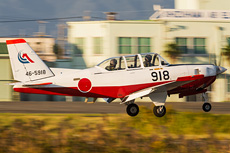
|
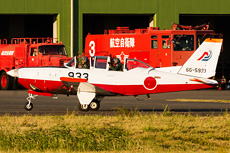
|
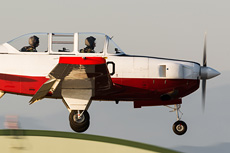
|
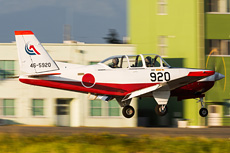
|
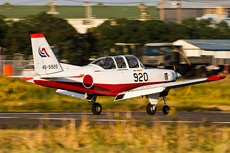
|
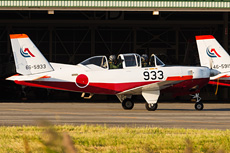
|
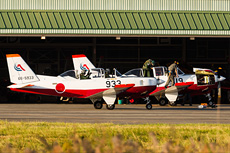
|
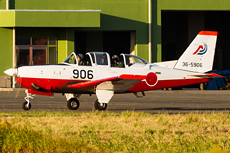
|
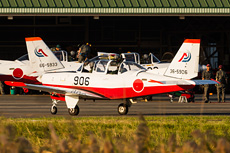
|
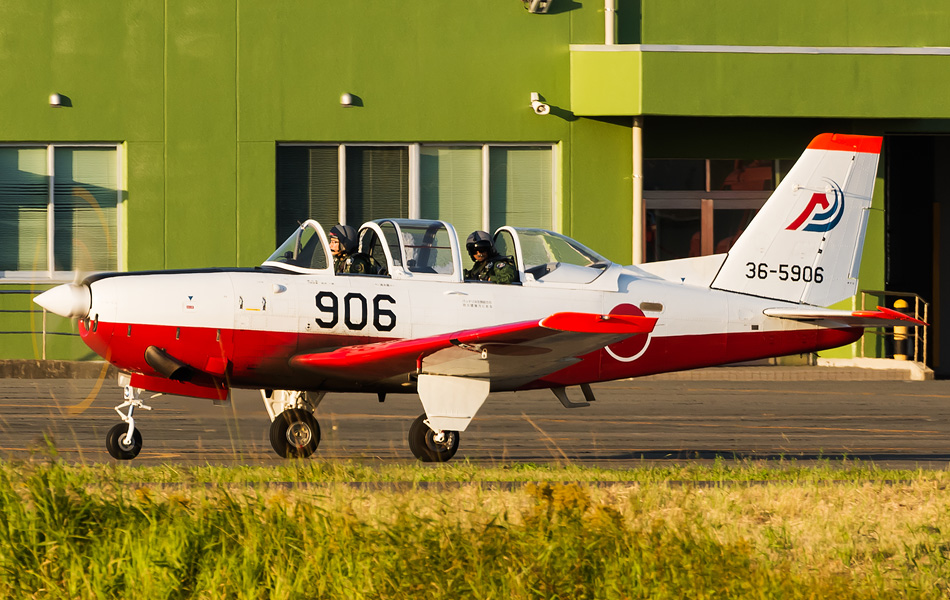
|
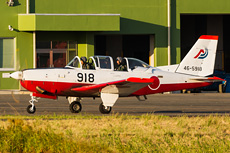
|
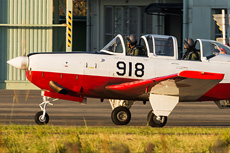
|
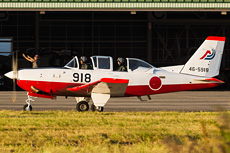
|
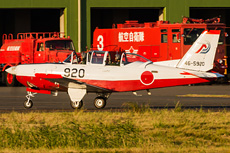
|
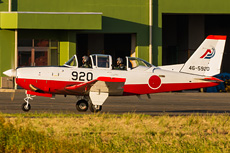
|
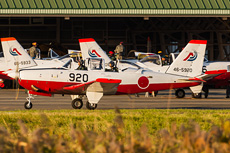
|
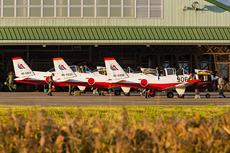
|
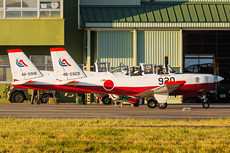
|
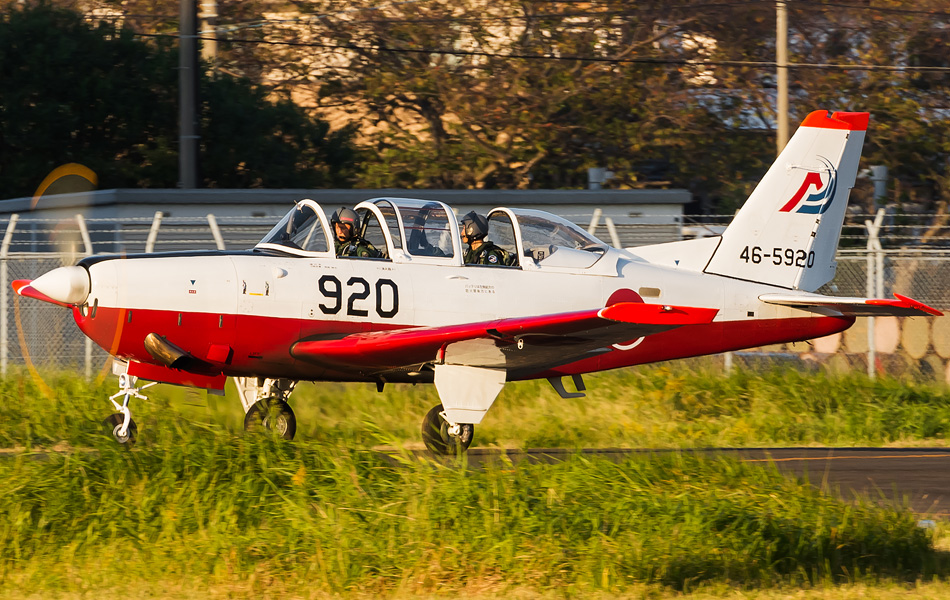
|
|
|

|







